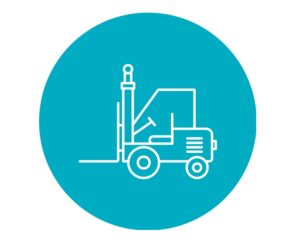November 21, 2024
Safety First: Best Practices for Lift Truck Operation
In industrial and warehouse settings, lift trucks, also known as forklifts, are indispensable tools for moving heavy loads efficiently. However, their operation comes with significant safety risks if not handled properly. Implementing best practices for lift truck operation is crucial to ensure the safety of both operators and pedestrians in the workplace.
Understanding Lift Truck Mechanics
Before operating a lift truck, it is essential to understand the basic mechanics of the machine. Familiarize yourself with the controls, weight capacity, and stability factors. Each lift truck may have different specifications, so thorough training and a comprehensive review of the manufacturer’s manual are necessary.
 Forklift | China Manufacturer Trade Price on Materials Handling lift Truck, Stackers, Industrial vehicles, Scrubbers, Transporters brands Sale Price Buy Online | Forklift
Forklift | China Manufacturer Trade Price on Materials Handling lift Truck, Stackers, Industrial vehicles, Scrubbers, Transporters brands Sale Price Buy Online | Forklift
Pre-Operational Inspections
Conducting pre-operational inspections is a critical step to ensure the lift truck is in safe working condition. Check the brakes, steering, horn, lights, and tires. Verify that the forks are in good shape and that there are no visible leaks or damages. Regular inspections can prevent accidents caused by equipment failure.
Safe Operating Techniques
Load Handling: Ensure that the load is stable and within the truck’s capacity. Center the load on the forks and avoid overloading. When carrying a load, keep it low to the ground and tilted slightly back for better stability.
Speed Control: Maintain a safe speed at all times. Avoid sudden stops, starts, or turns, which can cause the load to shift or the truck to tip over.
Visibility: Always ensure clear visibility of your path. Use spotters when operating in crowded or blind areas. Be mindful of overhead clearances and obstacles.
Pedestrian Safety: Be aware of pedestrians at all times. Use horns and lights to signal your presence, and always give right of way to pedestrians.
Training and Certification
Operators must undergo proper training and certification to handle lift trucks safely. Training programs should cover the operational mechanics, safety protocols, and emergency procedures. Regular refresher courses are also beneficial to keep skills sharp and updated.
Emergency Procedures
Knowing what to do in an emergency is vital. Operators should be trained on how to respond to lift truck malfunctions, accidents, or spills. Clear communication with team members and access to emergency contacts and first aid supplies are essential components of a robust safety plan.
Maintenance and Repairs
Routine maintenance and timely repairs are crucial for the longevity and safety of lift trucks. Establish a maintenance schedule that includes regular checks, servicing, and replacement of worn parts. Address any issues immediately to prevent accidents.
Posted by: freeamfva at
01:56 AM
| No Comments
| Add Comment
Post contains 439 words, total size 3 kb.
35 queries taking 0.0499 seconds, 96 records returned.
Powered by Minx 1.1.6c-pink.









